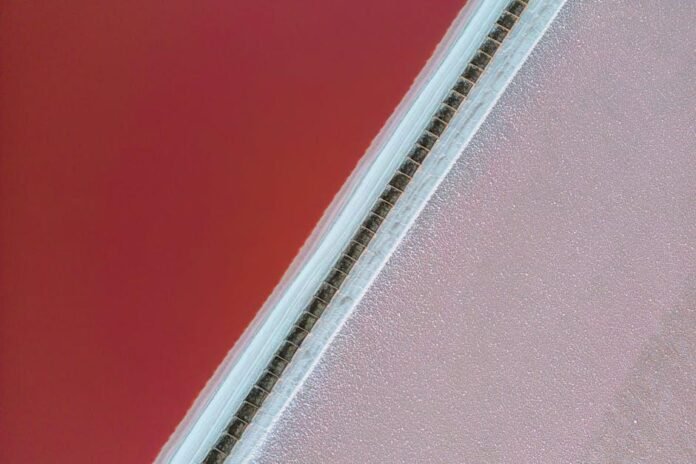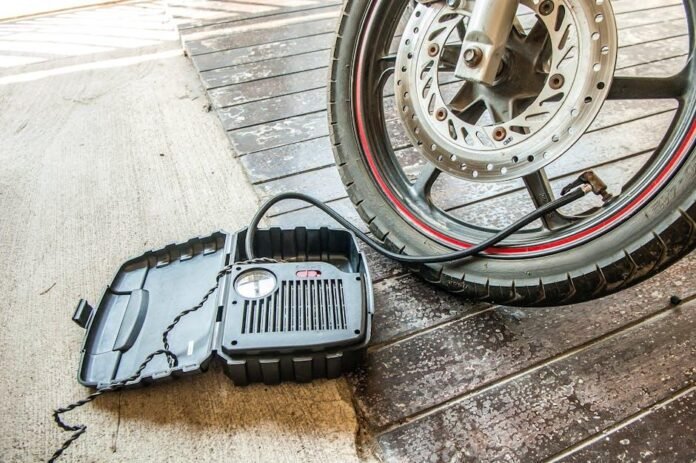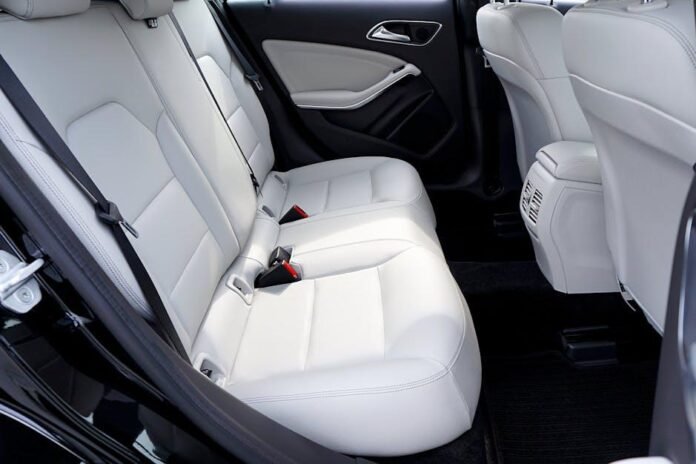In an age where convenience often reigns supreme, the car care industry has seen a significant shift toward innovative solutions designed to save time and reduce water usage. Enter waterless car wash products—an environmentally pleasant alternative that promises to keep your vehicle gleaming without the need for a traditional wash. As urban landscapes become crowded and water resources become increasingly precious, the allure of a quick spray-and-wipe solution captures the attention of car owners everywhere. However, beneath the glossy surface lies a spectrum of advantages and drawbacks that merit a closer examination. In this article, we delve into the pros and cons of waterless car wash products, helping you navigate the waters of this modern approach to vehicle maintenance and empowering you to make informed choices for your car and the planet.
Evaluation of Environmental Impact of Waterless Car Wash Products
As waterless car wash products continue to gain popularity, an evaluation of their environmental impact sheds light on both potential benefits and drawbacks. On the positive side, these products significantly reduce water consumption—especially in regions susceptible to drought. With estimates suggesting traditional car washing can use up to 100 gallons of water, switching to waterless alternatives can lead to substantial water savings, promoting a more sustainable approach to vehicle maintenance.Moreover, many waterless washes utilize biodegradable ingredients, which minimize chemical runoff into local ecosystems, potentially lessening detrimental effects on soil and waterways.
However, it’s essential to consider the environmental trade-offs involved. Some waterless car wash products contain synthetic chemicals that can be harmful to the environment. If these substances are not biodegradable, they may accumulate in the soil and waterways, posing risks to aquatic life and plant health. Additionally, the production and packaging of these products can contribute to environmental pollution and carbon footprint. Below is a comparison of some key factors in assessing the environmental impact of these products:
| Factor | Waterless Car Wash | Traditional Car Wash |
|---|---|---|
| Water Usage | Minimal to None | 100+ Gallons |
| Chemical Composition | Varies (check labels) | Frequently enough Harsh chemicals |
| Biodegradability | Often Biodegradable | Variable |
| carbon Footprint | Potentially Lower | Higher (transportation, etc.) |

Effectiveness and Performance Comparison with Traditional Car Wash Methods
When comparing waterless car wash products to traditional car wash methods,several factors influence their effectiveness and performance. Waterless options offer convenience, ensuring a quick and efficient clean without the need for extensive water resources. These products typically employ advanced formulas that encapsulate dirt and grime, which are then lifted away by microfiber cloths. However, traditional car washes, especially those using high-pressure jets and foam, can provide a deeper clean for heavily soiled vehicles due to the sheer force of water and detergent combined. The use of brushes in some traditional wash setups also assists in dislodging stubborn debris.
Cost-effectiveness is another critical consideration. Waterless car wash products frequently enough have a lower long-term cost, as they do not require additional water infrastructure or large quantities of cleaning materials. They also minimize water waste, making them more environmentally friendly. Conversely, traditional methods can entail higher operational costs over time, especially in areas where water conservation regulations are strict. to illustrate this comparison, consider the following table:
| Aspect | Waterless Car Wash | Traditional Car Wash |
|---|---|---|
| Water Usage | Minimal | High |
| Cleaning Power | Moderate | High |
| Cost Efficiency | Low long-term costs | Higher long-term costs |
| Environmental Impact | Lower | higher |

Cost Analysis: Long-term Savings versus Initial Investment
When evaluating waterless car wash products, it’s essential to consider both the initial investment and the long-term savings they offer. While the upfront cost of these eco-friendly solutions can be higher than traditional car wash methods, the savings can quickly add up. For instance, waterless car wash products typically come in concentrated formulas that require less quantity per wash compared to the gallons of water used in conventional washing. This not only means fewer trips to the store but also less money spent on water, soap, and drying equipment.Additionally, the convenience of using a waterless approach can save you time and energy, reducing your overall vehicle maintenance costs.
to illustrate the potential financial benefits, consider the following factors when calculating the cost-effectiveness of waterless car wash products:
| Factor | Waterless Product | Traditional Wash |
|---|---|---|
| initial Cost | Moderate | Low |
| Frequency of Use | Monthly | Weekly |
| Total Water Usage | Minimal | High |
| Time Taken | Quick | Longer |
Over time, the water bill savings and reduced expenditure on cleaning supplies can lead to significant financial advantage. furthermore, as environmental consciousness continues to rise among consumers, using waterless car wash products can enhance your reputation as a responsible vehicle owner. Ultimately, weighing the costs and benefits reveals that while there may be an initial higher price tag, the savings, sustainability, and convenience of waterless solutions present a compelling case for the long-term.

User Experience and Application Techniques for Optimal Results
To fully harness the benefits of waterless car wash products, understanding user experience can significantly enhance the outcome. Proper technique is essential for achieving a streak-free and glossy finish. When applying these products,consider the following tips:
- test in an inconspicuous area: Before applying the product to the entire vehicle,test it on a small,hidden section to ensure compatibility with your car’s paint.
- Use a high-quality microfiber towel: This helps to avoid scratches while effectively removing dirt and grime.
- Work in sections: Divide your car into manageable sections to prevent the product from drying before you can wipe it away.
Incorporating proper application techniques can lead to optimal results, but it’s crucial to balance expectations based on product limitations. Factors such as external conditions and the level of dirt can impact effectiveness.It’s helpful to understand how waterless washes operate under different circumstances. A comparative analysis of various products can illustrate their reach in performance:
| Feature | Product A | product B | Product C |
|---|---|---|---|
| Gloss finish | High | Medium | High |
| Ease of Use | Very Easy | Easy | Moderate |
| Best for Heavy dirt | No | Yes | No |
In Retrospect
the debate over waterless car wash products is as dynamic as the vehicles they serve. These innovative solutions offer convenience and efficiency for those seeking a swift clean without the burden of excessive water use. However, the trade-offs related to effectiveness and potential surface damage necessitate a thoughtful approach. Whether you’re drawn to the eco-friendly allure or prefer the thorough touch of traditional washing, understanding the pros and cons of waterless options empowers each car owner to make an informed decision. Ultimately, the choice rests in your hands—may it reflect your values, lifestyle, and the gleam you envision for your ride. Happy washing!










